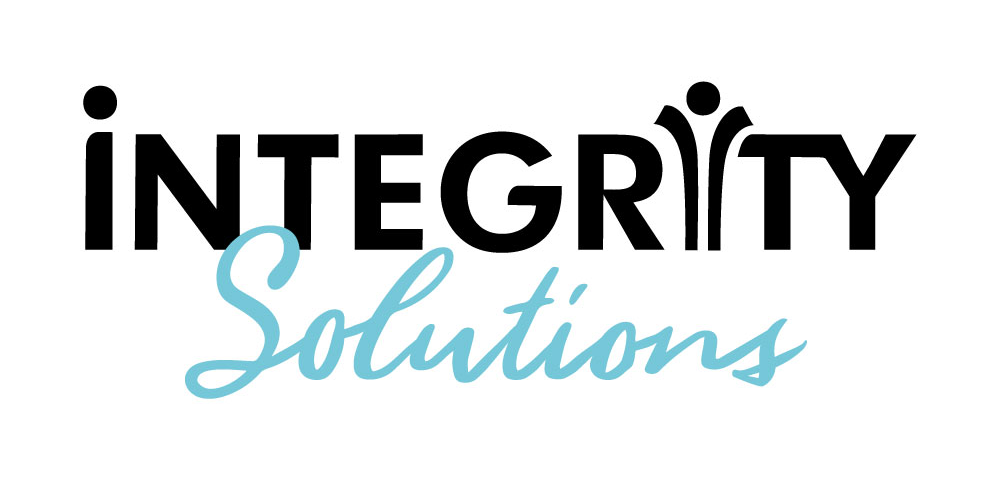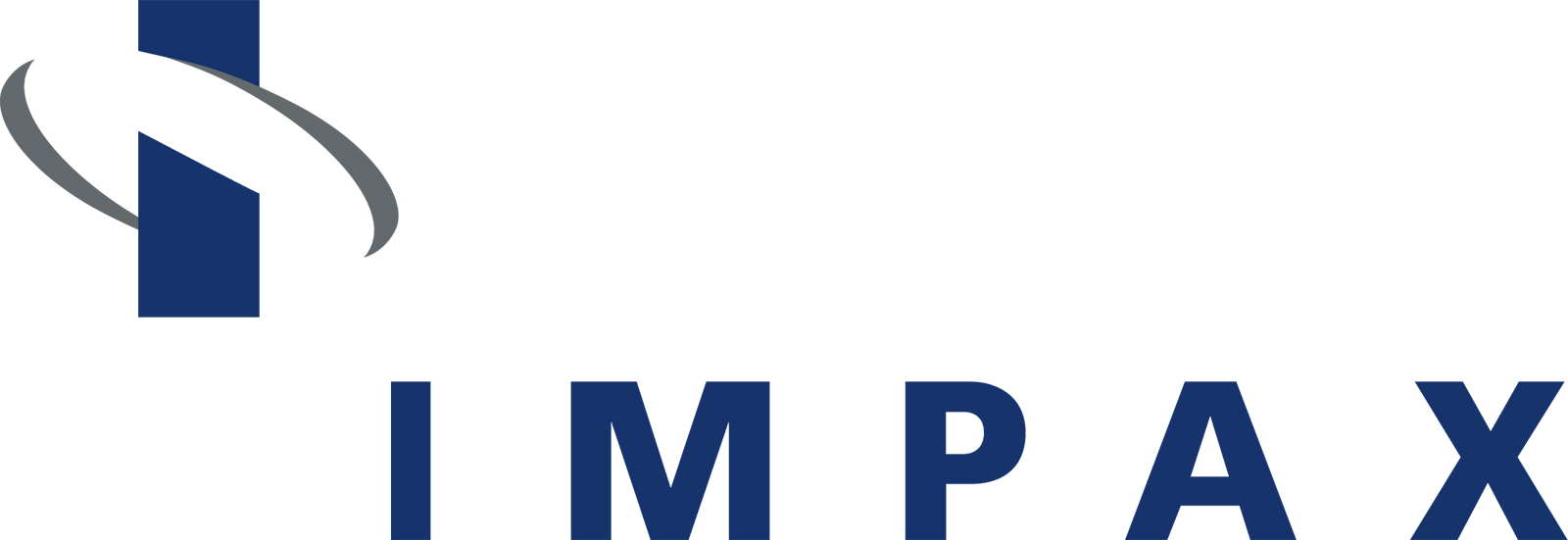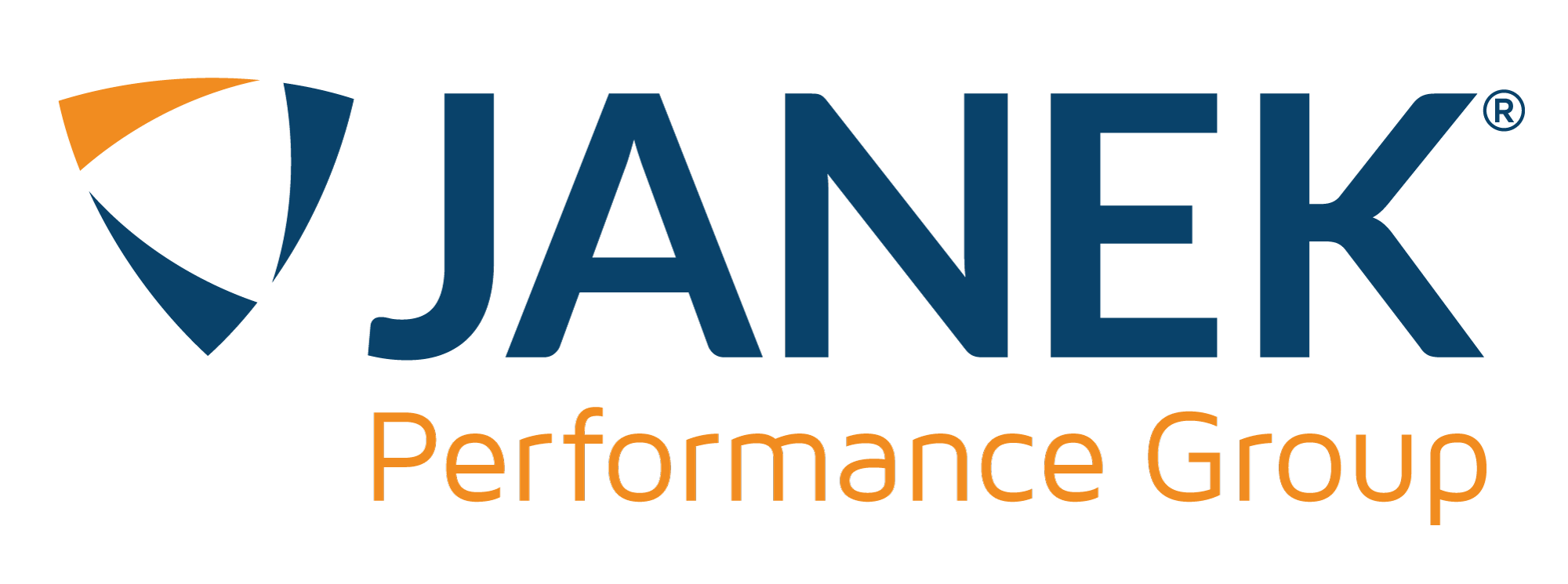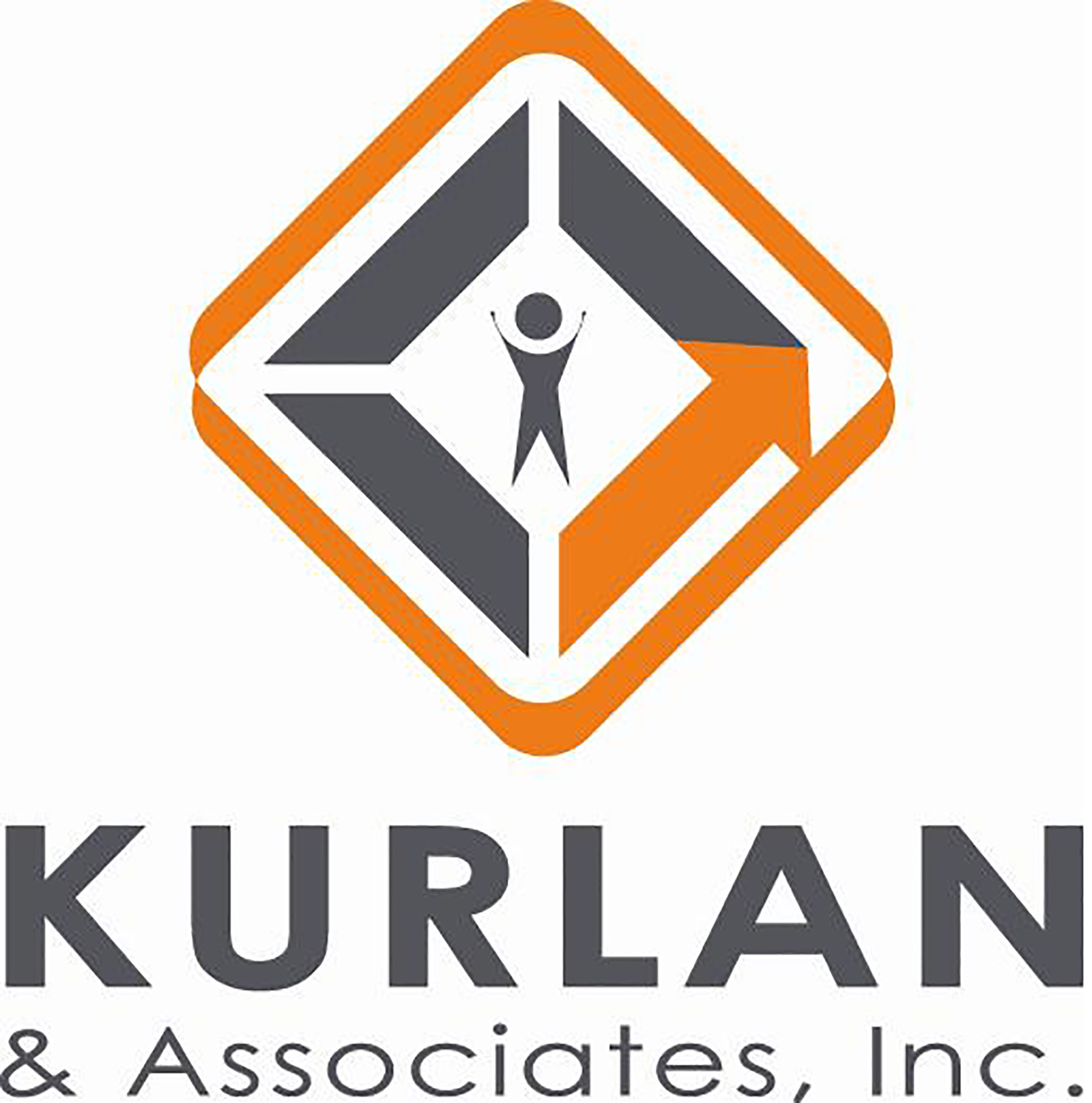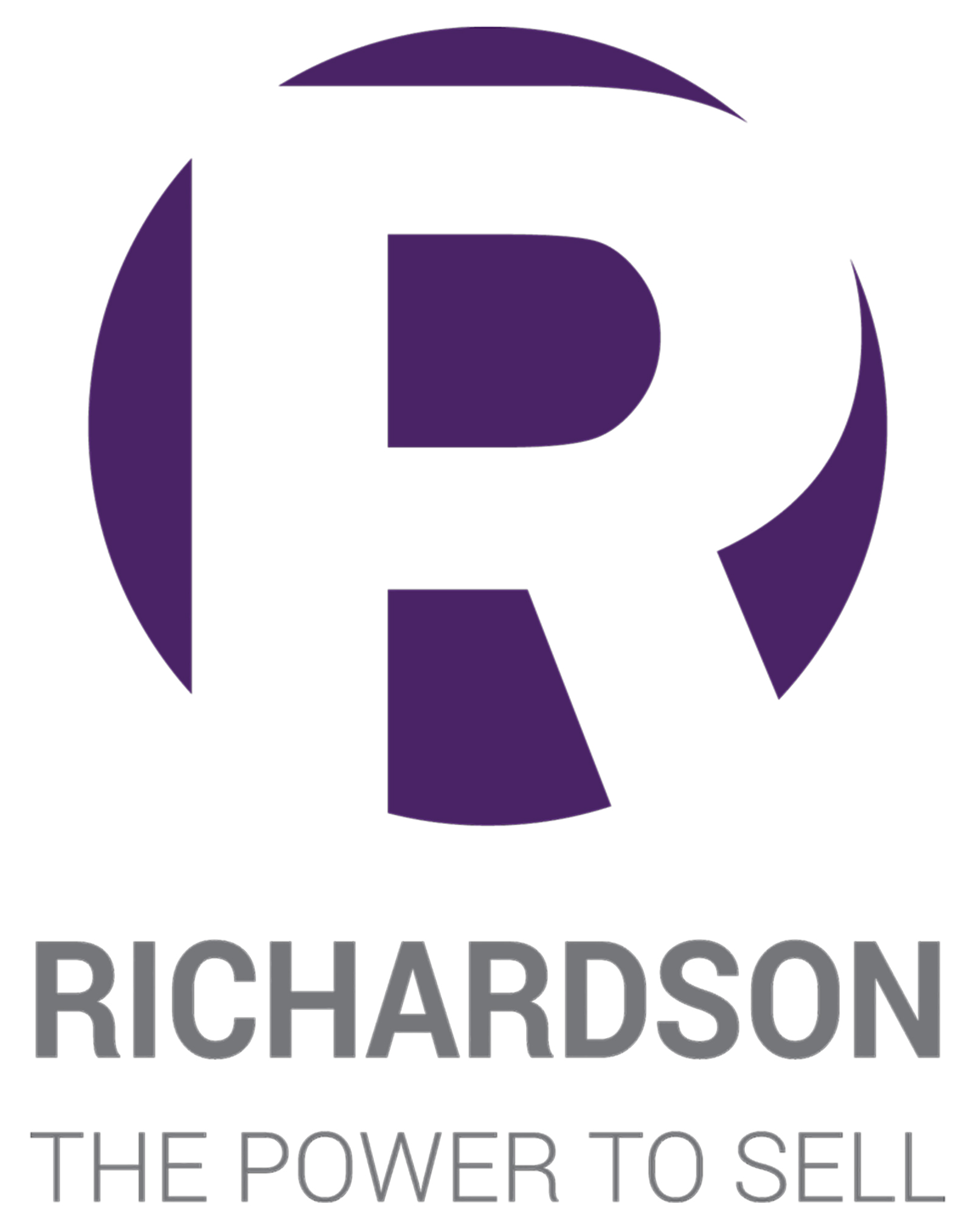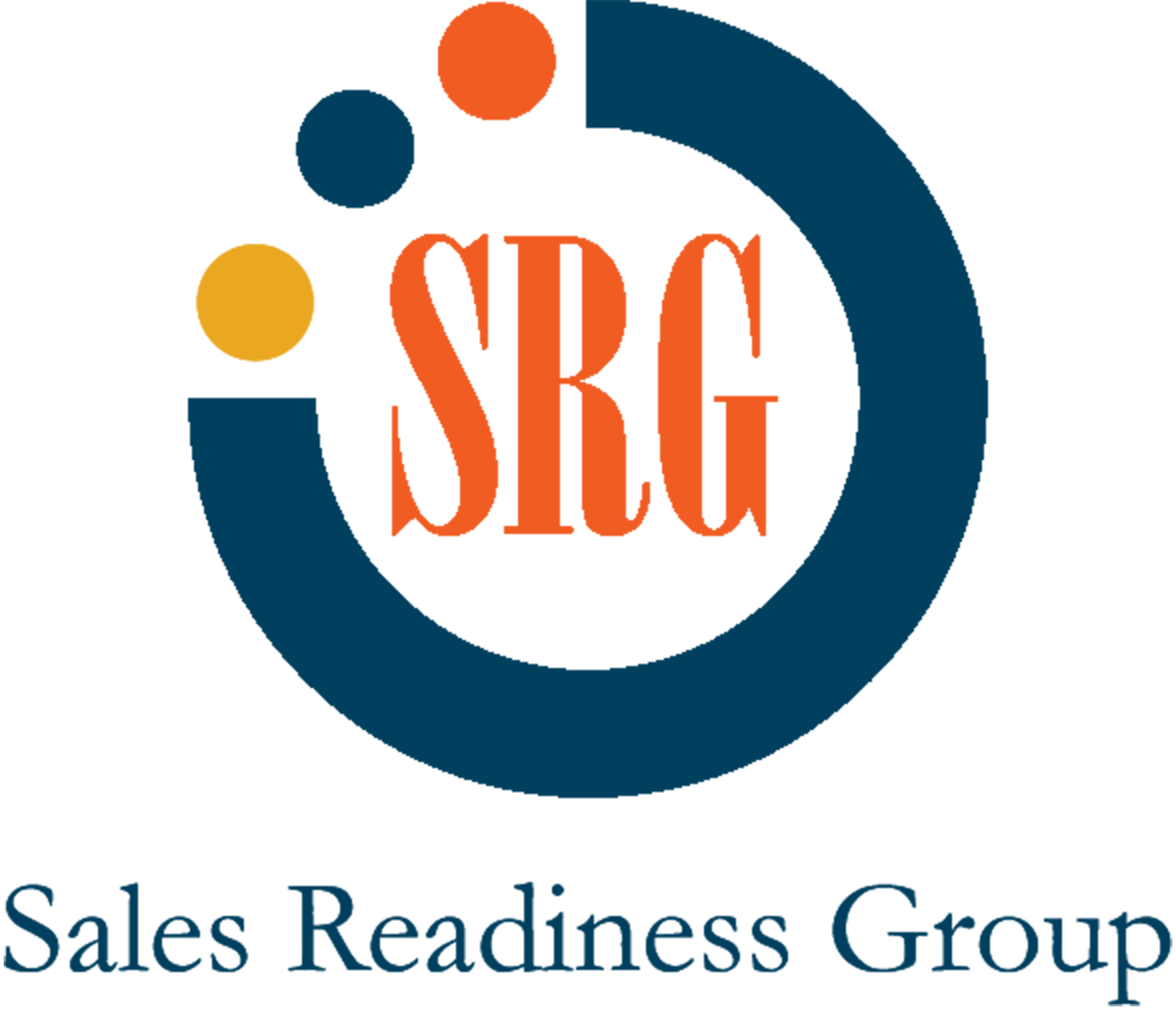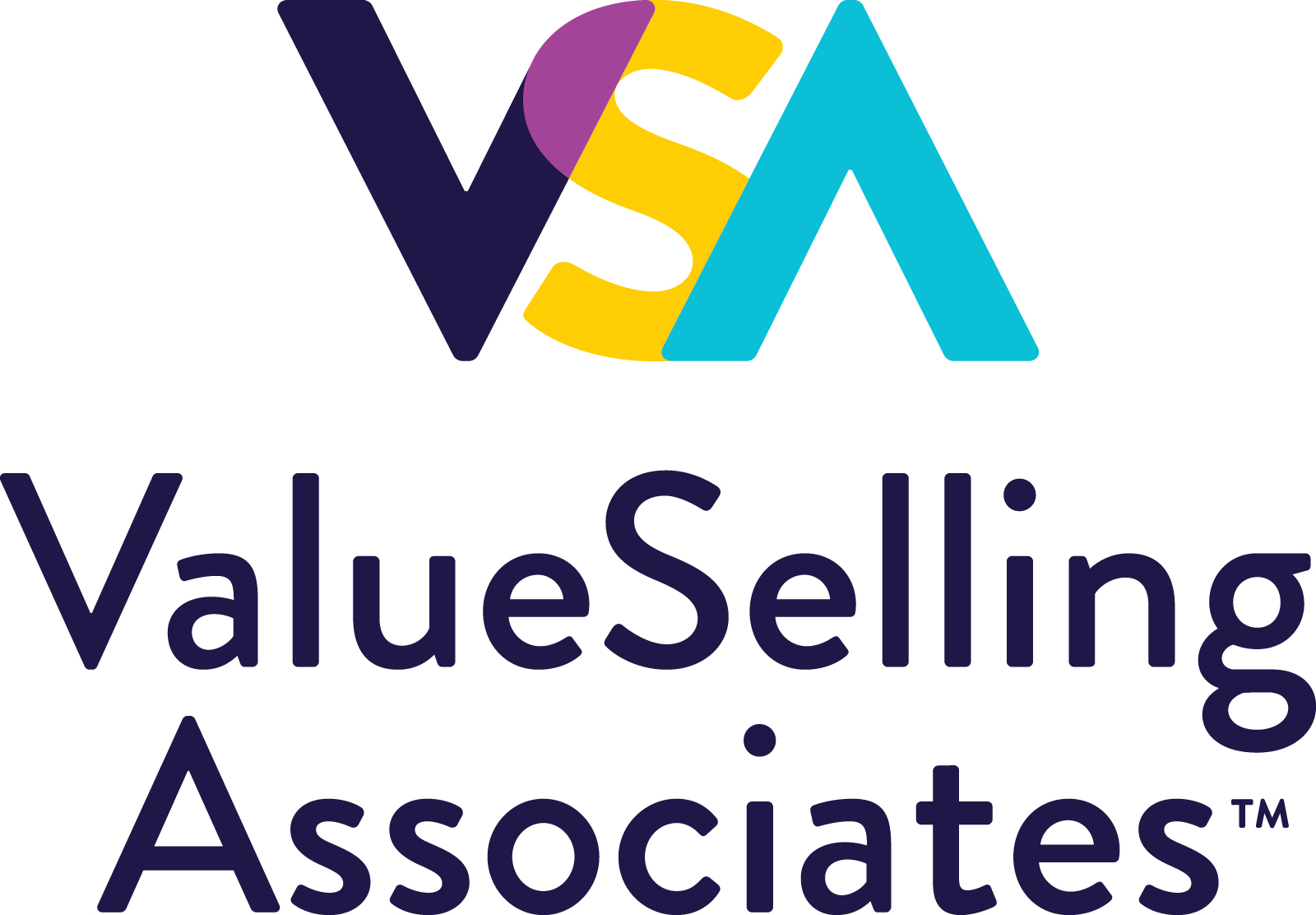How to Determine What Sales Training Your Team Needs

Training the team to sell effectively has to be one of the basic responsibilities of a sales manager. No sales manager can get by without offering some type of skills training. But the days of one-size-fits-all training are gone – and, these days, managers must first assess the entire sales process: what works, where the holes are, and what types of training will fill those holes. This leads inevitably to the question: What type of training does your sales team need?
To address that question, Selling Power spoke to a variety of academics, consultants, experts, and sales managers. While there are no simple rules or answers, there are signposts to follow for selecting the right training firm or approach for any sales team’s needs. Below are some thoughts from veterans in the field.
Your Sales Process
Eleven-year sales veteran – and now co-director of the Center for Professional Sales at Kennesaw State University – Terry Loe says companies must first understand their own sales process, whether it grew organically inside the company or was adopted from an outside consultant. Then they must use metrics to understand where the pipeline is leaking: whether it is in getting initial (or follow-up) appointments or in converting solid prospects into closed deals. “The numbers will tell you a lot,” Loe stresses.
But not necessarily everything. Loe recommends talking to top performers and finding out where they think others are falling short – and talk to the entire sales force as well about the challenges they are having.
In looking for the right trainer to meet identified needs, managers can start with Websites and other materials. Loe would also seek deeper information, however. “I want to know what their approach is and that it is based on empirical research, proven in the field. I want to know what their results have been and to corroborate their successes.”
Loe also wants to ensure the trainer’s emphasis matches the type of selling done at the customer company – whether consultative or transactional.
Common mistakes? Loe says some companies rely solely on the trainer to identify skill gaps – without doing their own analysis of needs. “You need to give them direction. And that can be a challenge for small or mid-sized companies without the budget for a training department. But you need to diagnose before someone else prescribes.”
The biggest mistake Loe sees is failing to get buy-in from the sales force before training begins. “You don’t want to spring it on them, or they will not want to be there. They will want to be out in the field.”
Early On
Rick Karlton, managing vice president of Gartner’s sales and service practice, says it can be a mistake to focus only on your own sales process, because step-by-step metrics may be misleading. Prospects may appear to fall out only at Step 4, when the proposal is sent, but they really fell out much earlier – even if they were polite and seemed engaged in meetings and demos.
Karlton urges managers to focus instead on their prospects’ buying journeys. Gartner research suggests B2B customers do six jobs when buying:
- Identify a problem worth solving
- Select a path to solve that problem
- Assess what it will take for the company to walk that path
- Select a vendor
5-6. These jobs stretch across the first four and are always on: “Customers constantly validate the choices they make and build consensus along the way,” Karlton stresses. “In B2B, no one buys alone.”
If you can understand where your buyers are falling out on their buying journeys, you can pinpoint where your salespeople are ineffective. This can be tougher than tracking sales-process metrics; but, along with identifying training needs more accurately, focusing on buyers’ journeys has another benefit: making sales forecasts more accurate. The pig-in-the-python phenomenon of all deals stuck in Stage 4 goes away. “Leading sales organizations today forecast business based on where customers are in their buying journeys – not where their salespeople believe they are in the sales process,” says Karlton.
The Right Stuff
What if you are starting out with a clean sheet? Sheevaun Thatcher became head of global sales and services enablement at business communication specialist RingCentral almost three years ago. She and her team set out to revamp training after identifying five needs for the sales force: knowing the process to move customers through buying journeys; knowing RingCentral’s products; having the skill to craft emails, proposals, and other tools; leadership; and coaching so managers could better help reps.
Next, Thatcher ensured marketing was getting reps relevant materials for prospects, who were often well along in their buying journeys.
Then Thatcher sought a platform that delivered just-in-time micro lessons right at the point of need. Reinforcement would be done by repeating the teach-try-reinforce cycle.
RingCentral chose SalesHood as its platform, customizing training for the experience and skills of each rep. Live sessions with subject-matter experts, videos of lessons learned by reps, and other aids are available in SalesHood and summarized on a Web portal. New reps now get initial training in part-time, self-directed lessons that provide a foundation in RingCentral’s sales methods. Next they go into live, instructor-led interactive sessions – at the end of which they must stand and deliver a presentation from a deck of slides. Then, reps go into learning paths tailored to their sales roles: upmarket, mass market, small business, retention, customer care, and so forth. All training steps are part-time and self-directed, but requirements are clear to all.
The revamp is clearly working. Many of RingCentral’s account executives now do multiples of their sales quotas, and nearly half of its 2019 new-hire class of enterprise reps exceeded quota in their first three months. Investors have noticed too. RingCentral’s stock has risen from $21 per share three years ago to over $160 recently.
Kelley O’Reilly, a 25-year sales veteran, and now associate professor of sales at Western Michigan University’s Haworth College of Business, stresses companies must look at each individual in their sales team to identify training needs. “Some don’t know how to prospect, to create an opportunity and tee it up; others don’t have the language to ask for and close deals,” O’Reilly says. “Teams are not all one way or the other. You have got to take a personal inventory of each member of the team if you want to teach him or her the right skill.”
After this internal survey of the team, O’Reilly says companies should also look externally – at trends affecting their customers, customer expectations and issues, and whether the company’s products are still competitive in its markets.
One-and-Done…Not So Fast
O’Reilly says many companies do not take this thorough approach. In hard times, “training and advertising are the first things to be cut.” Thus, many companies look for the one-and-done silver bullet, gathering the whole team in a room and building a rah-rah session. “It may work for two to three days, when they are still excited, but then they go back to the same patterns.”
She urges companies to look for training firms that will train the trainers and empower team members to help each other. “You put the good closer with the person who is struggling with closing, let them work with each other – the same for someone who is struggling with prospecting.”
And, in selecting a trainer, managers should look for one who has depth of experience and expertise in their own industry or one very similar to it. “Ask to talk to their clients; find out what they did and what the results were. Ask if the client would use them again, and how they would use them.”
O’Reilly’s advice to look at the whole sales problem is backed by empirical evidence. Seleste Lunsford, chief research officer at CSO Insights, says her research indicates that companies that look at training holistically, as just one element of sales enablement, get win rates 15 percent higher than those that focus just on training needs. That means looking at the whole enablement toolbox – external and internal sales content, training, coaching, and technologies that can help as well.
“You have to have a business plan for sales enablement,” Lunsford stresses. “Find out why reps are struggling. You might need better content management, or LinkedIn Sales Navigator. You might need better white papers or ROI calculators or internal job aids, like 10 questions to ask. Or a better methodology or playbook, or opportunity tools to feed into CRM, or your managers to do funnel reviews.”
Looking at the problem this way allows the company to prioritize training needs as part of a whole enablement strategy. You should then pick training providers that can work flexibly within this strategy. And they should be realistic about training. “Every trainer knows you have to reinforce, but some require 17 reinforcement sessions, which is not going to happen,” Lunsford notes. “Reinforcement must fit within the workflow of a day in the life of your reps.”
A New Game
Before picking a trainer, realize how much B2B selling has changed in just the past four years, advises Mary Shea, a former chief revenue officer and now principal analyst at Forrester Research. “You can’t just bring in the training company you used in your last gig, or that your company has been using. You need to help salespeople engage in the digital world – and that’s a lot more complicated than it was before.” Massive changes in B2B selling mean “buyers are self-directed digitally, and they don’t want to be sold to.”
Today’s reps need to understand the sales benefits of social engagement and how to use digital tools effectively. “Buyers can figure a lot out on their own,” Shea says. “The role of the seller is fundamentally different. You have to teach prospects something new, build an ROI calculator, don’t tell them what they already know.”
A key consideration in picking a training firm is what reinforcement it provides after initial training. Doing a course at a campaign kickoff, followed by a few Web sessions for review, results in only 10-20 percent retention of lessons, Shea estimates. “You want to make sure the training company can use micro-lessons on smartphones or video role-plays. You have to have reinforcement on the devices that sales reps use every day.”
Shea is working on a Forrester Wave report, due out in early 2020, about picking the right sales training company. She lists some important criteria: “Are they doing more than traditional account planning – how to pick influencers and so forth? Do they train in digital social engagement? Do they offer mini-MBA training? Do they have tools to reinforce key concepts and provide data on retention, not just who is taking courses? Can they reinforce on devices reps use every day?”
The biggest mistakes in selecting a training firm? Picking a trainer who teaches just traditional skills – like how to get more meetings and leave better voicemails.
Andrea Dixon, executive director of Baylor University’s Center for Professional Selling, says most companies search for training solutions in one of two ways: They tweak their current training programs to better meet needs, or they look for hot topics among sales consultants. “So they are tweaking or throwing it all out.”
A better approach is understanding that customers are being called on by companies in many different industries – and these calls are changing expectations of sales and service. B2C companies like hotels and coffee shops are raising expectations, and it is happening in B2B as well. So, first engage customers and understand their changing expectations.
Dixon says reps must “orchestrate the changes” the buying team must go through to select and benefit from reps’ offers. Reps thus need a 360-degree view of customer organizations to help with change management. “We are changing from short-term, price-based sales to enabling change management,” Dixon explains.
The Customer Always Expects
Starting with this richer view of customer expectations and needs will yield the elements of the right training program. Then, find the firm that can supply the majority of elements. The trainer and selecting company may co-develop customized training modules to fill out remaining gaps.
Dixon predicts this closer look at customers will reveal less need for training in mundane tasks. Baylor no longer trains students in digital prospecting, as Dixon expects this task to be automated soon.
Back to a practitioner’s experience. Shaw Industries has 1,000 salespeople selling $6 billion a year in commercial and residential carpets. VP of Customer Experience Bill Magee says reps’ training needs are measured the same basic way Shaw looks at all of its associates’ needs. “Leaders assess whether associates require more knowledge to be successful, or is it skills which must be enhanced?” Magee also wants to know if a rep learns best one on one or in a group, and whether reading, watching, or doing is the best learning technique.
To find all this out, Shaw sets annual goals for each rep and then breaks these down into 12 monthly goals. These are reviewed by both the manager and rep in PX (performance experience) sessions that address three questions: What’s working? What’s not working? And how can the manager help? And the salesperson “does 90 percent of the talking,” Magee emphasizes.
Once Shaw knows the training needs, it goes to its in-house training department, whose reputation is so solid it is often called upon by Shaw’s sister companies in Berkshire Hathaway. “Sometimes, we might go outside for specialized training – for example, for team building or collaboration,” Magee says. In these cases Shaw may look for a train-the-trainer solution.
Managers Must Be Effective
Michael Mallin, a professor of marketing and sales at the University of Toledo’s College of Business and Innovation, explains how to determine sales managers’ training needs:
- Look at performance in districts for which managers are responsible.
- Get reactions from reps who report to each manager with anonymous surveys of high, medium, and low performers. “You want to know whether the manager is effective in coaching, motivating, communicating,” says Mallin.
- Talk to customers to see if they get the support they need from sales managers.
- Observe managers in the field by going on high-level sales calls.
Mallin’s research suggests possible weaknesses in several areas. One is understanding what motivates younger salespeople apart from salary, commission, and bonus. Or managers may lack emotional intelligence to read people and use the right methods of communication.
Another common gap is in older managers’ use of technology. They may be uncomfortable with tools like Skype, Webex, or Go to Meeting for virtual meetings – or social media like LinkedIn and Facebook for customer engagement.
Some managers are still weak at using analytics in exploiting CRM data to make good forecasts or decide on which prospects to target. Or perhaps they cannot help reps do business cases, ROIs, and payback periods.
Once you have found the gaps, there are three basic options: use in-house trainers, bring in outside consultants, or use an academic program. Larger companies with inside training departments can assign trainers, who might be other execs or managers. “This approach is the least expensive, but may come with internal biases,” Mallin notes. Word of mouth, references, and talking to companies that are similar to (but not competitors of) your own are the best ways to pick an outside trainer.
Finally, sales managers can take an entire graduate program in sales management, or just the courses they especially need. Courses are generally available online, requiring about 15 hours a week.
Recommended Sales Training Providers
Each of the sales training providers listed in this section earned a spot on Selling Power’s 2019 Top 20 Sales Training Companies List. Please visit each company’s Website to learn more about their services and solutions.
Areas of Expertise:
- Catalyst™ Workshop – helps leaders understand how to drive lasting behavior in reps
- Catalyst Dashboard™ – cloud based to track performance, empower sales, and simplify coaching
- Other-Centered® Selling – helps reps stop selling and focus on enhancing receptivity
- Digital Learning – for learning at the speed of business
Areas of Expertise:
- Assessments for selection and development
- Business acumen, leadership, innovation, and sales training
- Business simulations and tools for strategy alignment
- Coaching to shift mindsets and turn strategy into action
Areas of Expertise:
- Sales culture diagnostic: Benchmark your sales culture
- Insight selling: Prepare and create insight with customers
- Story selling: Develop real stories that set you apart
- Sales culture plan: Increase individual and team engagement
Areas of Expertise:
- Modular curriculum covering the entire customer buying cycle
- Core, advanced, and management/leadership levels
- Industry-leading 3D methodology, tailored to your context
- Digital sales playbooks to apply skills in specific contexts
Areas of Expertise:
- Develop the mindset and skill set to build exceptional customer relationships
- Exceed customer needs, increasing satisfaction and loyalty
- Inspire managers to become engaged, trusted, successful coaches
- Create cultures that attract, engage, and keep the best talent
Areas of Expertise:
- IMPAX NxtGen™ selling
- IMPAX NxtGen™ account management
- Coaching and sales management development
Areas of Expertise:
- Critical Selling® skills
- Critical TeleSelling® skills
- Critical Prospecting™ skills
- Critical Account Planning™
Areas of Expertise:
- Sales process
- Sales and sales management training and coaching
- Sales transformation
- Sales consulting
Areas of Expertise:
- Global sales training company with 40+ years of experience
- Flexible, connected curriculum to drive consistency and agility
- Digital, blended learning architecture to sustain and scale
- Visible data and reporting that exposes impact
Areas of Expertise:
- Comprehensive selling skills
- High-impact sales manager
- High-impact sales coaching
Areas of Expertise:
- Sales training on the ValueSelling Framework methodology
- Vortex Prospecting for prospecting at scale
- Sales coaching
- Sales productivity improvement
Get our eNewsletter
Get the latest sales leadership insight, strategies, and best practices delivered weekly to your inbox.
Sign up NOW →




